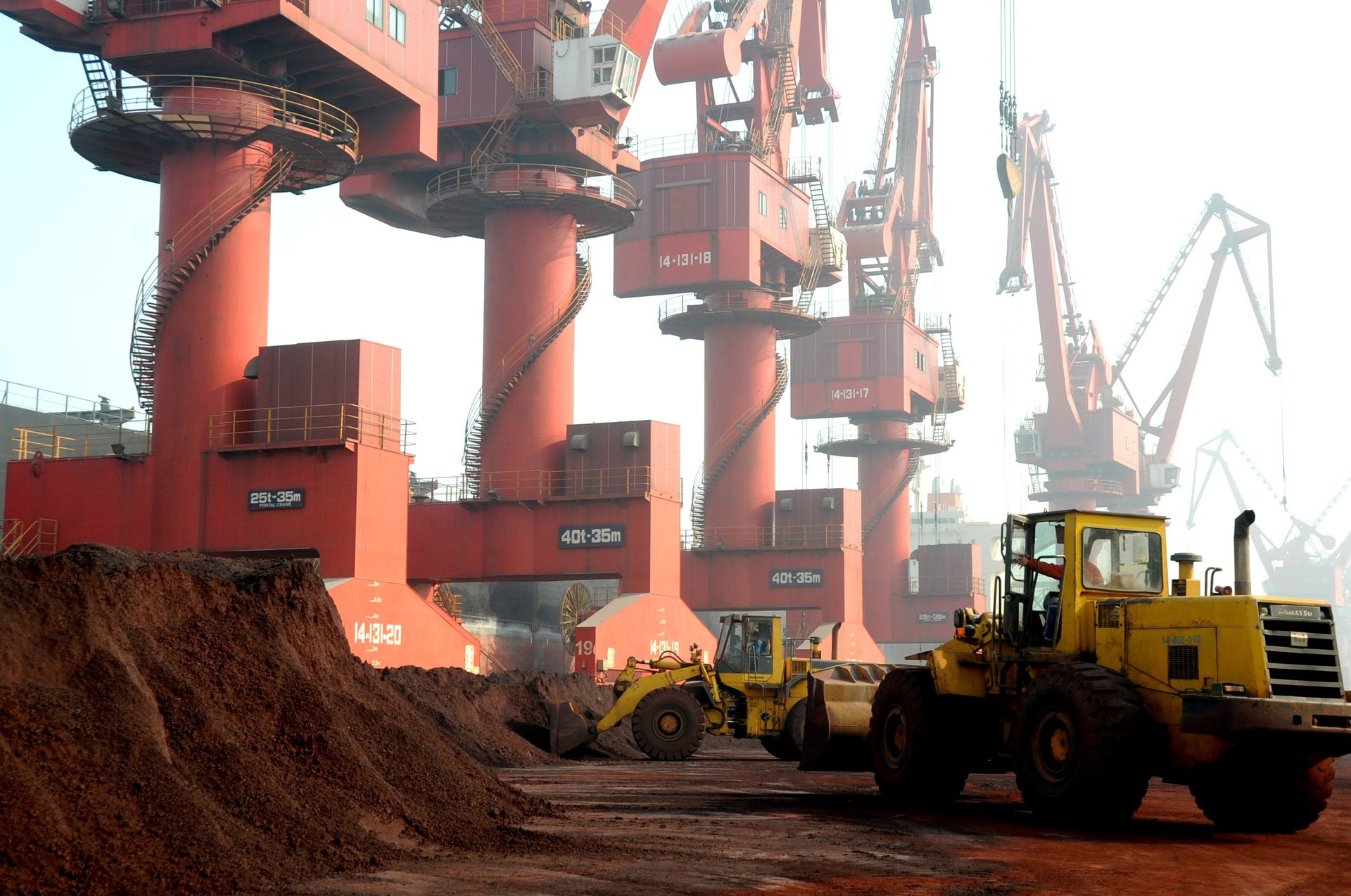China is feeling insecure about its global rare earths dominance
Earlier this month, China published seven pages of draft legislation aimed at stepping up regulation of the country’s rare earths industry.


Earlier this month, China published seven pages of draft legislation aimed at stepping up regulation of the country’s rare earths industry.
It includes a more stringent approval process for mining and processing projects, as well as the import and export of rare earths. What’s most interesting, however, isn’t the content of the proposed measures, but what the development of such legislation says about China’s outlook on its future as the dominant player in the critical minerals space.
Rare earths are a group of 17 metals that are crucial in the manufacturing of a range of important items including electronic products, electric vehicles, military weapons systems, and wind turbines. Over the past several decades, China has built up and cemented its dominance in global rare earths, and at its peak the country accounted for almost 98% of the world’s raw rare earths production.
China Daily, the state-owned English-language propaganda newspaper, was unequivocal about the goals of the draft rules: “China will reinforce the protection of its rare earth resources, strengthen full industrial chain regulation,” and centralize major policy decisions under the state council, China’s cabinet.
The phrase “full industrial chain” is telling here. It refers to the complex rare earths global supply chain, which starts from mining ores out of the ground, to separating and processing those raw minerals, and finally to using those processed products to manufacture high-tech items like batteries and motors.
🎧 For more intel on the global supply chain, listen to the Quartz Obsession podcast episode on rare earths. Or subscribe via: Apple Podcasts | Spotify | Google | Stitcher.
As the US became increasingly reliant on China for rare earths—80% of its imports are from China, according to government statistics (pdf)—talk of the US needing to restore the full rare earth supply chain on American soil gained traction, both in government and in private industry.
As a result, despite still accounting for over 60% of global rare earth production and holding more than a third of the world’s known reserves, China is feeling insecure about its dominance. That sentiment is reflected through reporting in state media, as well as in academic articles.
An article published last October in Xinhua, the state news agency, charts this sense of unease. Though China is a dominant player in the industry, the article notes (link in Chinese), the country has little influence over the pricing of rare earths. In large part this is because China lacks a mature rare earth exchange market, which in turn means there isn’t an objective and transparent pricing mechanism for the minerals, the article explains, quoting the director of the Baotou Rare Earth Products Exchange, one of two rare earths-focused bourses in China.
But beyond pricing power, there is a persistent worry that China has not made enough progress in upgrading its entire rare earths industry. The result is that it remains stuck in the upstream and midstream sectors of mining and processing, but is out-competed by other countries in the high-tech, value-added downstream sector. As three economists at the Jiangxi University of Science and Technology argued in a 2020 paper (link in Chinese) on China’s rare earth export regulations, China has so far failed to maximize the value of its rare earth resources because it produces few high-end rare earth products.
Meanwhile, China since 2018 has become a net importer of certain rare earths, and by some estimates could become a net importer of all rare earths by 2030 (pdf). As its domestic demand for rare earths continues to grow, it will want to ensure its own downstream producers have a reliable supply of processed rare earths to work with. Closer regulation of exports, as laid out in the draft legislation, would be one way to achieve that. A new export control law, which took effect last December, could also be used to restrict the export of sensitive items including rare earths.
There are worries that China could use the export control law to retaliate against certain countries, as it did against Japan in 2010 when it cut off rare earth exports over a fishing trawler dispute. For China, however, having greater state control of its rare earths exports would also help it move up the value chain. A study (link in Chinese) published this month by another team of economists from the Jiangxi University of Science and Technology found that the unstable supply pricing of raw rare earth materials is “not conducive to the upgrading of China’s rare earth industry.”
For industry players in the US, China’s latest moves to bolster control of its rare earths industry do not come as a surprise, but rather a reminder that Washington desperately needs to secure its own rare earths supply chain in order to be less reliant on Beijing.
“We are not surprised by the export rule coming in” because it is consistent with China’s shift towards being a net importer of certain rare earths, said Dan McGroarty, an advisory board member of USA Rare Earth, a company that’s developing a rare earths mine in Texas. “It is just another strong signal that…we cannot simply rely on the continuation of Chinese exports in this space.”